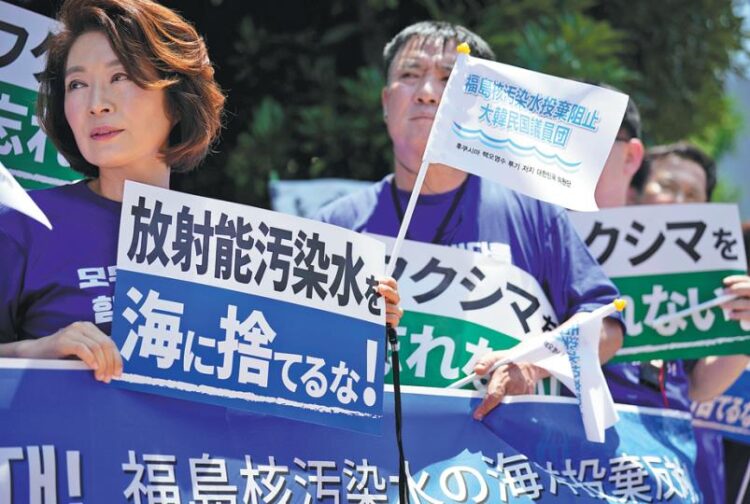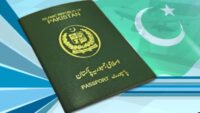Japan has initiated the controlled release of treated radioactive water from the Fukushima nuclear power plant, which was severely damaged in 2011, leading China to impose a ban on aquatic products imported from Japan.
The process of transferring the treated water into the Pacific Ocean began shortly after 1 pm local time (04:00 GMT). Tokyo Electric Power Company (Tepco), the operator of the plant, confirmed that the prevailing weather and sea conditions were suitable for the release.
A TEPCO official communicated via video link from the site to the company’s Tokyo headquarters, announcing the opening of valves near the seawater transport pumps.
The treated water, totaling over one million metric tonnes, was used to cool the reactors that were damaged by the 2011 tsunami. Stored in around 1,000 tanks on the site, this water’s removal is a crucial step in decommissioning the still hazardous facility.
The entire discharge procedure is anticipated to span up to 40 years and has faced significant controversy. The International Atomic Energy Agency (IAEA), which has endorsed the plan, will supervise the discharge process, including the collection of water and fish samples for analysis.
Japanese authorities assert that all radioactive elements, except for tritium, have been effectively filtered out from the water. Tritium is a challenging isotope to eliminate from water and is also discharged, albeit at higher levels, by operational nuclear power plants in other countries like China and France.
Tepco has outlined a plan to conduct four controlled releases of treated water until March 2024, with each release involving 7,800 cubic meters of water. The ongoing discharge, which has just commenced, is projected to take approximately 17 days.






